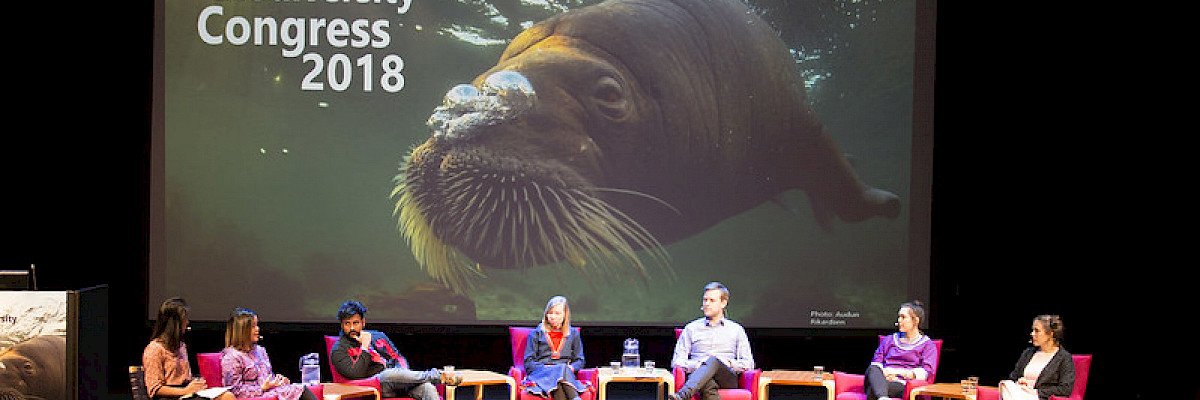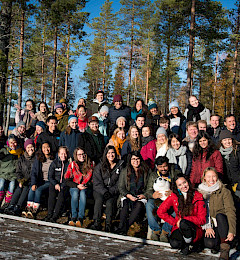
CAFF charts path for youth engagement
2021-05-19
PRESS RELEASE: 20 May 2021: Reykjavik, Iceland
The Conservation of Arctic Flora and Fauna (CAFF) has released its six-year Youth Engagement Strategy to engage youthin the Arctic Council’s conservation work.
The strategy focuses on opportunities for working with youth from school age through early-career experts and was developed with direct input from Arctic youth leaders who served as key advisors.
The Youth Engagement Strategy identifies five primary goals:
- Youth are engaged in the work of CAFF and Arctic biodiversity conservation to their full potential.
- Youth voices and perspectives are empowered to advance the goals of CAFF in the conservation of Arctic biodiversity, international collaboration, and raising public awareness of Arctic issues.
- Arctic youth are given access to diverse learning and leadership opportunities in which their perspectives are valued and respected, and their skills and effectiveness are expanded.
- Opportunities for youth engagement and increasing levels of leadership continue to expand.
- Arctic youth are engaged in conservation, raising public awareness, and promoting Arctic biodiversity in their own home countries and in collaboration with other Arctic nations.
Over the next six years CAFF will work with Arctic states, youth organizations, and other partners to expand opportunities for youth, support Arctic youth leaders, and increase the number of youths engaged in CAFF actions, including, for example, through supporting international exchanges, summits and conference participation, internships, and youth advisory roles.
Youth offer unique perspectives and innovative ideas for conservation, as well as holding a critical stake in ensuring long-term community resilience. Meaningful youth involvement is critical to achieving CAFF’s conservation goals.
For further information:
 Arctic Council Working Group
Arctic Council Working Group 
